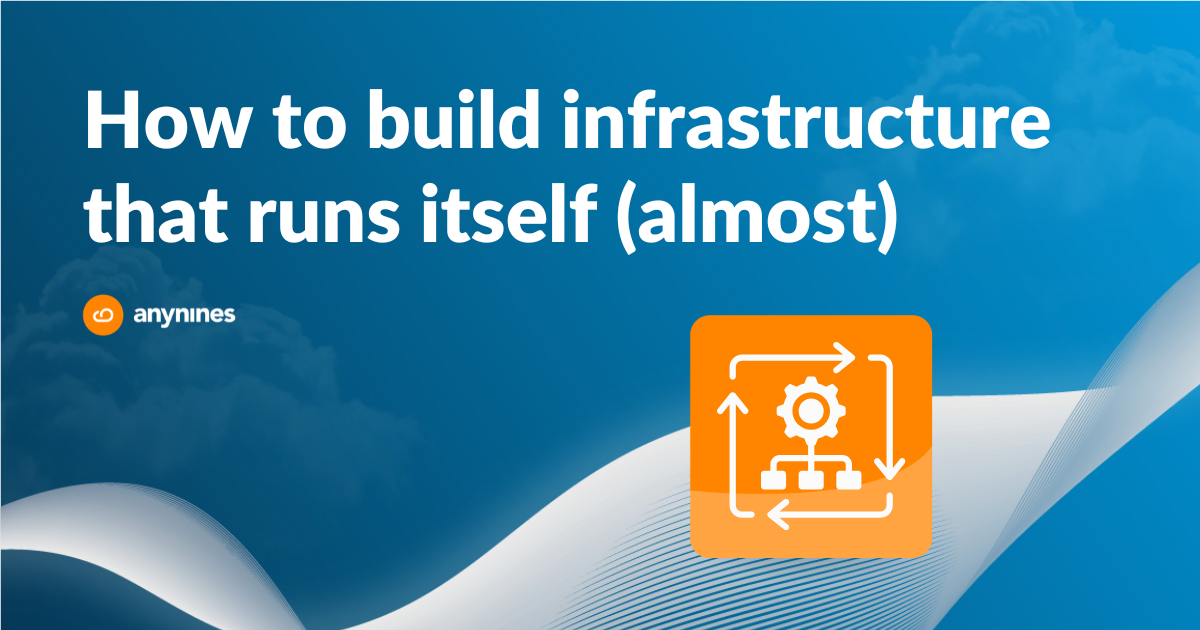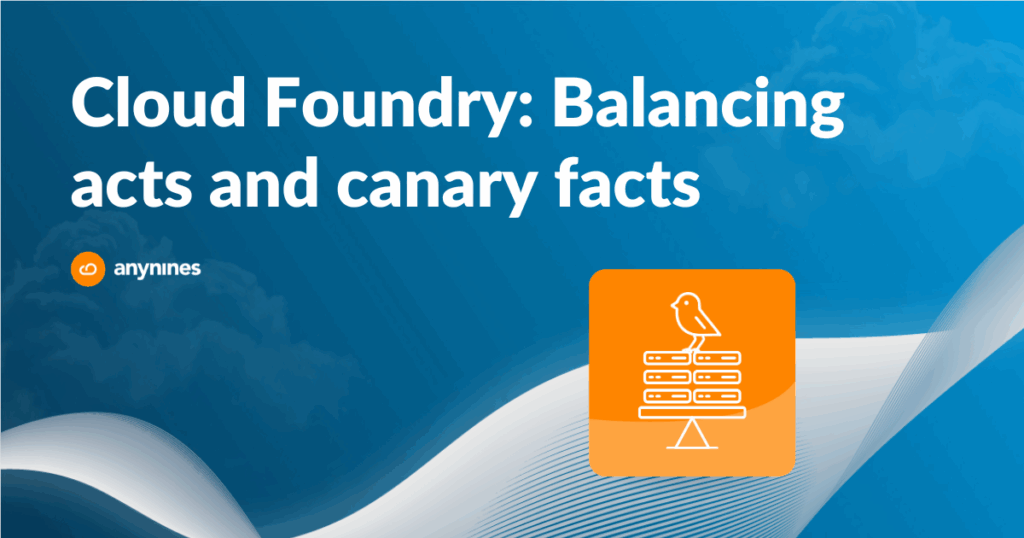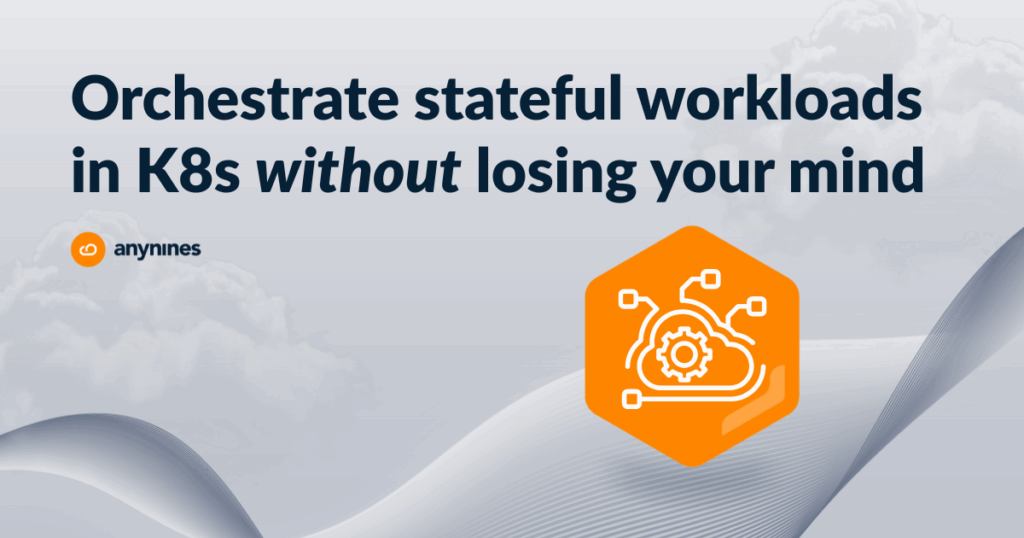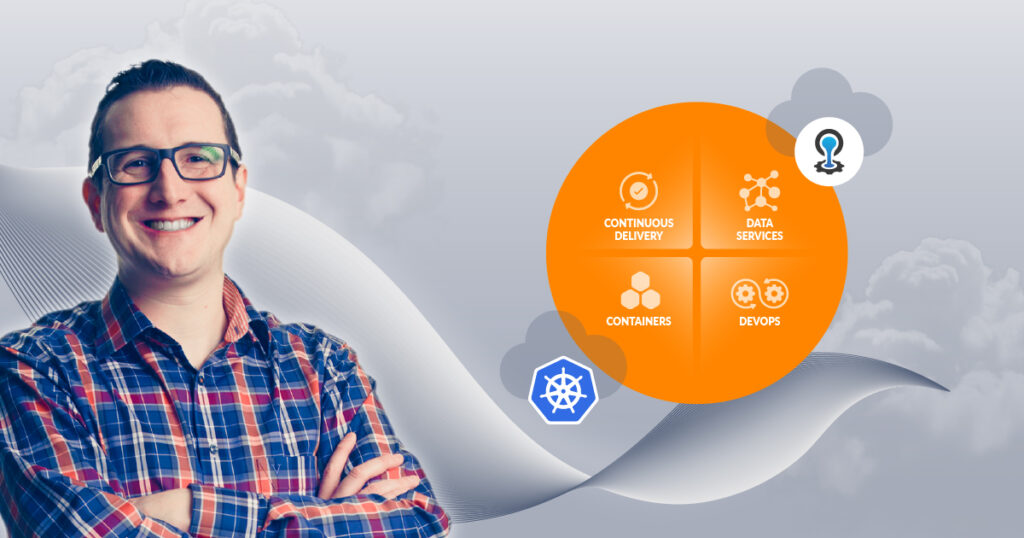Modern software teams face increasing pressure to deliver applications faster, scale across hybrid environments, and maintain reliability under growing complexity. Infrastructure automation is a key enabler for transforming how operations teams provision, configure, and manage IT resources.
At anynines, automation is core to how we help platform teams manage databases, streamline DevOps workflows, and build reliable platforms across clouds, Kubernetes, and virtual machines. In this post, we’ll break down what infrastructure automation is, why it matters, and how you can implement it to drive consistency, scalability, and cost-efficiency in your environments.
What Is Infrastructure Automation?
Infrastructure automation is the use of code, tools, and repeatable workflows to manage infrastructure lifecycle tasks like provisioning, configuration, and deployment, without manual intervention.
Rather than relying on tickets, shell scripts, or ad hoc documentation, automation brings consistency to complex environments. It enables you to define infrastructure as code (IaC), apply configurations uniformly, monitor systems proactively, and scale workloads predictably.
For teams operating across multiple environments whether that’s Kubernetes clusters, VMs, or hybrid clouds; automation turns infrastructure into something you can version, test, and continuously improve.
Why Manual Infrastructure Management Falls Short
Manually managing infrastructure slows down innovation and increases operational risk. IT teams face common challenges:
- Scaling pain: Adding servers, databases, or cloud resources becomes time-consuming as environments grow.
- Inconsistencies: Manual processes often lead to drift in configuration, increasing the risk of outages or security gaps.
- Delayed rollouts: Patches and updates pile up when teams lack automation, increasing technical debt.
- Lack of visibility: Without automation, it’s difficult to track what’s running where or how to reproduce it reliably.
Automation solves these problems by codifying infrastructure decisions, reducing toil, and increasing visibility.
Key Capabilities of Infrastructure Automation
Effective automation spans the full infrastructure lifecycle. Common capabilities include:
- Provisioning: Rapidly spin up virtual machines, cloud instances, or Kubernetes clusters using tools like Terraform or Helm.
- Configuration Management: Ensure systems are configured consistently across environments with tools like Ansible, Puppet, or Chef.
- Application Deployment: Automate rollouts and updates as part of CI/CD pipelines.
- Monitoring and Self-Healing: Detect and respond to performance or availability issues automatically.
- Policy Enforcement: Codify security and compliance rules into reusable templates.
Infrastructure as Code: The Backbone of Modern Automation
Infrastructure as Code (IaC) lets you manage infrastructure the same way you manage software—using version-controlled, machine-readable configuration files. Tools like:
- Terraform (for declarative multi-cloud provisioning),
- Ansible (for configuration automation using YAML), and
- Pulumi or Crossplane (for cloud-native IaC in modern languages)
are widely used to manage infrastructure reliably and repeatably.
IaC plays a crucial role at anynines, especially in how we automate the lifecycle of data services like PostgreSQL, Valkey, or OpenSearch regardless of whether they run on Kubernetes or VMs.
Standardization Through SOEs
One of the early steps in automation is defining Standard Operating Environments (SOEs) for consistent baselines for servers or containers. SOEs ensure every environment (dev, staging, prod) runs with the same OS, patches, software packages, and configurations.
By eliminating environment drift, SOEs reduce bugs, security gaps, and onboarding time for new services or team members.
What Should You Automate?
Not everything needs to be automated from day one, but many infrastructure processes benefit greatly:
- Cluster provisioning and scaling (Kubernetes or VM-based)
- Database provisioning and backups
- Service discovery and networking
- Security patching and user access control
- Log aggregation and alerting
- Dev/test/staging environment setup
For our customers, automation means not just spinning up a PostgreSQL instance, but also automating everything from replication setup to monitoring, backups, and user permissions without loads of manual tickets.
Infrastructure Automation Tools to Know
Here are some categories and tools you’re likely to encounter:
Configuration Management
- Ansible: Agentless, YAML-based, ideal for repeatable config and provisioning tasks.
- Puppet/Chef: Agent-based tools with mature ecosystems.
- SaltStack: Event-driven automation and remote execution.
Provisioning
- Terraform: Declarative IaC across cloud providers, heavily used for provisioning VM-based and cloud-native infrastructure.
- Pulumi: Infrastructure automation in general-purpose languages (e.g., TypeScript, Python).
- Cloud-native solutions like Helm (for K8s) and Cluster API (for cluster lifecycle automation).
CI/CD & Orchestration
- Jenkins or GitHub Actions: Automate builds, tests, deployments.
- Rundeck: Runbooks, access controls, and automation as a service.
- Kestra: For automating workflows and pipelines via YAML and REST APIs.
Automation vs. Orchestration: What’s the Difference?
- Automation handles individual tasks like deploying a VM, installing a package, or restarting a service.
- Orchestration coordinates multi-step workflows like provisioning a cluster, deploying a service mesh, and then rolling out microservices.
At anynines, orchestration is a key part of how we deliver full-service data automation to better enable complex lifecycle workflows across hybrid infrastructure.
Wrapping Up
Infrastructure automation is essential for modern IT operations, especially when reliability, repeatability, and scale are non-negotiable.
Whether you’re operating cloud-native applications on Kubernetes or managing VMs, automation helps you move faster with fewer errors and lower operational costs. It’s the foundation of every platform engineering initiative and the backbone of how anynines delivers managed data services at scale.
Interested in how automation powers our data service offerings or how Klutch enables unified data orchestration across Kubernetes and VMs? Let’s talk.








